?Are you confident that the water coming from your well is safe for drinking, cooking, and bathing?
What Filtration Systems Are Safest For Well Water?
You want reliable, effective protection for your household, and the right filtration system can make a major difference. This article breaks down the safest filtration technologies for well water and helps you choose the right combination based on the contaminants you face and your household needs.
Why Well Water Needs Filtration
Well water can contain a wide range of contaminants that municipal treatment systems usually control. You should treat well water seriously because contamination may be invisible, and a single test snapshot won’t guarantee long-term safety without ongoing monitoring.
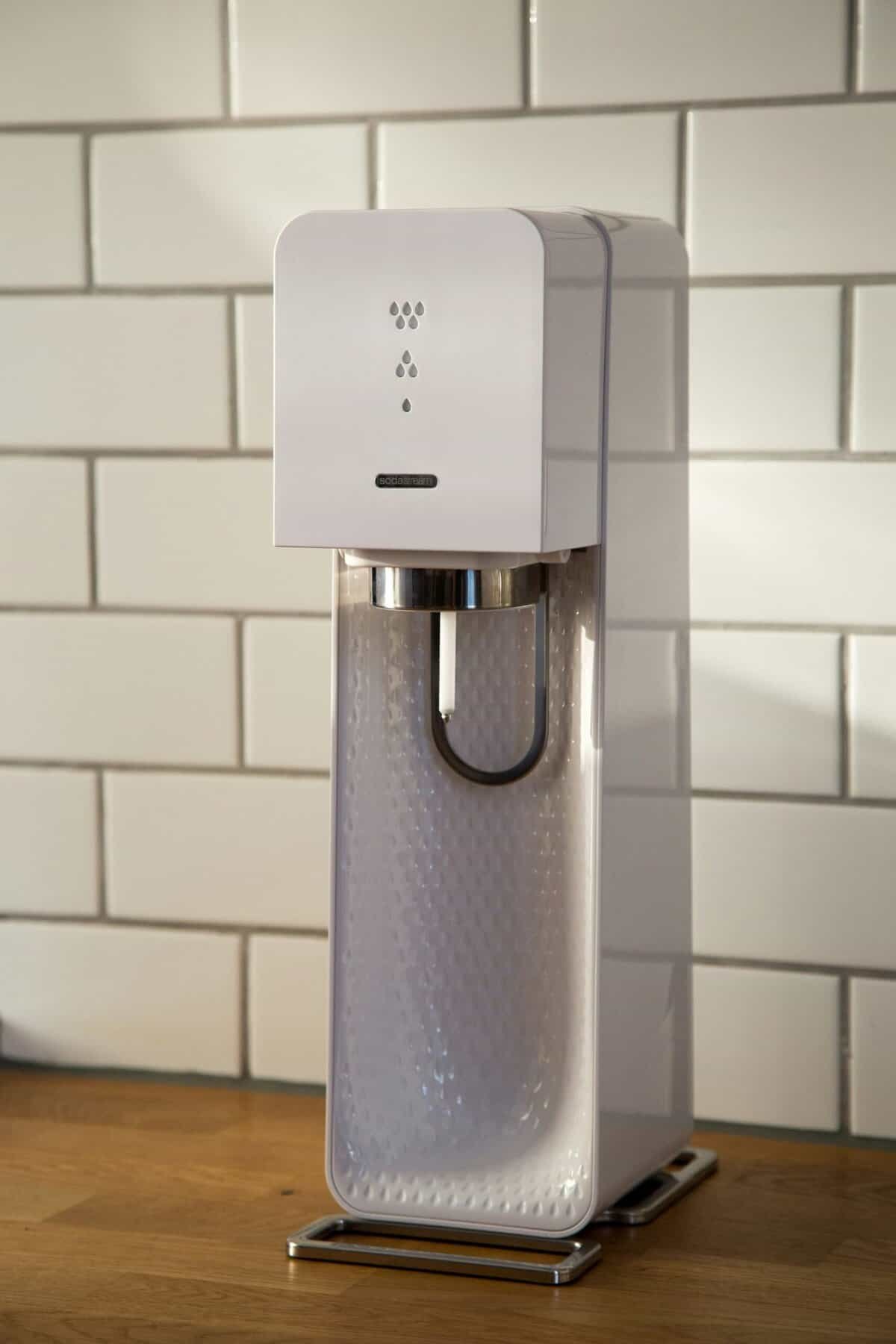
Common Well Water Contaminants
Well water contaminants often include bacteria, nitrates, sediment, iron, manganese, hardness minerals, volatile organic compounds (VOCs), pesticides, and naturally occurring metals like arsenic. Knowing which contaminants are likely in your area and which are present in your well helps you select the safest filtration approach for your household.
How to Test Your Well Water
You should test well water before selecting any filtration equipment; test results determine which technologies will protect you best. Use a certified laboratory and request a comprehensive panel that includes microbial, inorganic, organic, and physical parameters.
Basic versus Comprehensive Testing
Basic testing typically covers bacteria (total coliform and E. coli), pH, hardness, and nitrate. Comprehensive testing added through a lab includes heavy metals, VOCs, pesticides, and other site-specific contaminants that may be critical for treatment selection.
Frequency of Testing
You should test at least annually for bacteria and nitrates, and more often if you notice changes in taste, odor, or appearance. After major events like flooding, nearby construction, or agricultural chemical application, you should test again promptly.
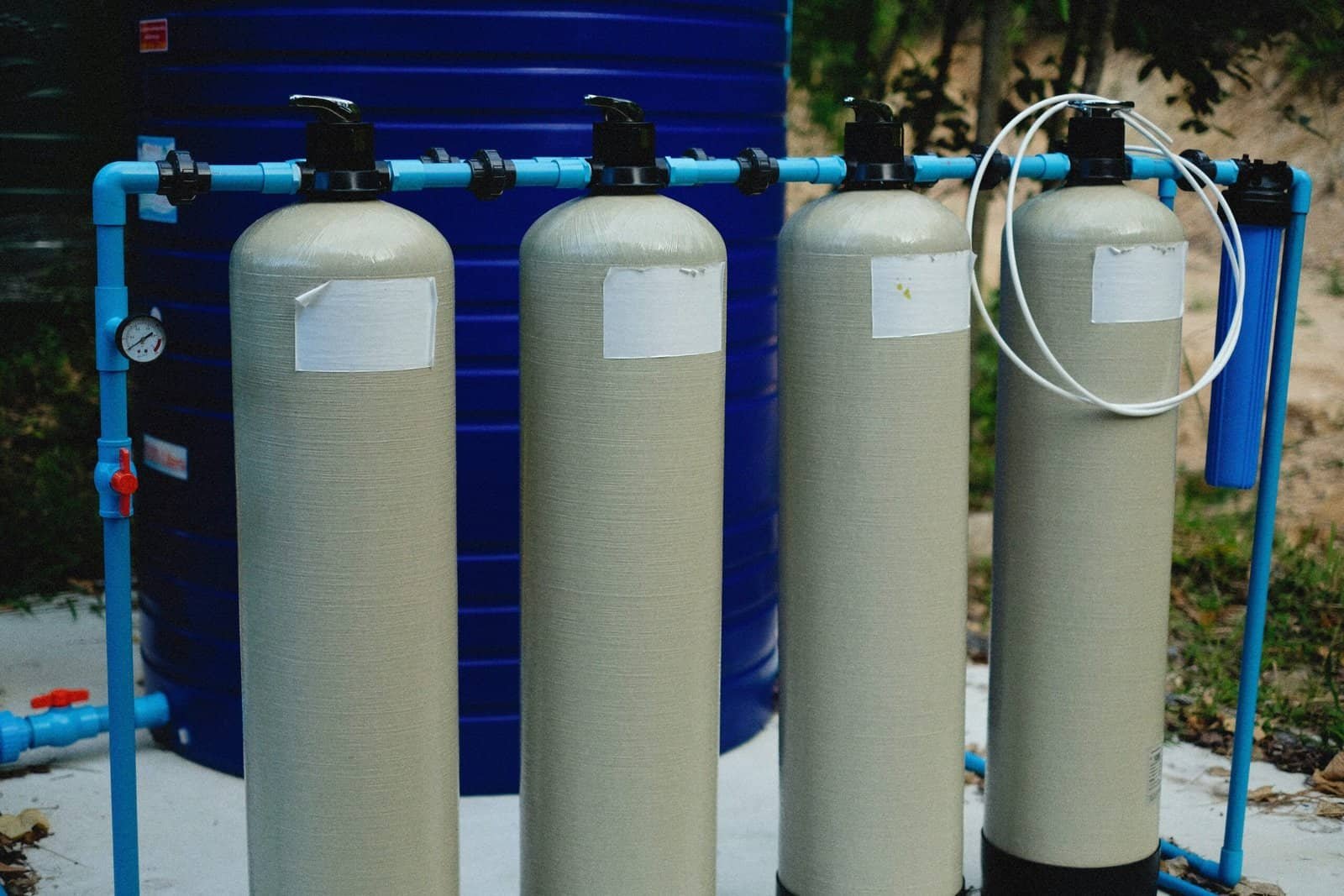
Types of Filtration Systems: Overview
There is no single “best” filter for all wells; safety depends on matching the technology to the contaminant profile. Below are the major filtration technologies you’ll consider, each with strengths, limits, and typical applications.
Sediment Filters
Sediment filters remove sand, silt, dirt, and larger particulates that can clog plumbing and appliances. You should use sediment filtration as the first line of defense to protect downstream equipment and improve the performance of other treatment components.
Activated Carbon Filters
You can rely on activated carbon to remove chlorine (if present), many organic chemicals, bad tastes, and odors. Carbon works well for many VOCs and some pesticides but is not effective for removing minerals, nitrates, or microbes on its own.
Reverse Osmosis (RO)
Reverse osmosis is highly effective for removing dissolved salts, nitrates, fluoride, and many heavy metals and organic contaminants. You should expect RO to produce high-quality drinking water, but it wastes some water and requires pretreatment to prevent membrane fouling.
Ultraviolet (UV) Disinfection
UV systems inactivate bacteria, viruses, and protozoa without adding chemicals. You need to combine UV with sediment and possibly carbon pretreatment, because UV effectiveness depends on water clarity and absence of UV-absorbing substances.
Ion Exchange and Water Softeners
You should consider ion exchange if hardness (calcium and magnesium) is the main problem; water softeners exchange sodium or potassium for hardness ions. Ion exchange can also be used for nitrate and certain metal removal with specialized resins, but it’s not a universal solution for microbiological or many organic contaminants.
KDF (Kinetic Degradation Fluxion) Media
KDF media uses redox reactions to remove chlorine, hydrogen sulfide, and some heavy metals while inhibiting bacterial growth in the filter. You can pair KDF with other technologies to extend carbon life and add antimicrobial protection.
Chlorination and Chemical Disinfection
You can use chlorination or chloramination for whole-house disinfection when microbial contamination is persistent. Chemical disinfection requires careful dosing, contact time, and often post-treatment (e.g., carbon filters) to remove residual disinfectant taste and byproducts.
Distillation
Distillation removes many contaminants by boiling water and condensing the steam, leaving many dissolved solids behind. You should note that distillation is energy-intensive and slow, making it more suitable for small, point-of-use needs rather than whole-house supply.
Combination Systems and Multi-Stage Treatment
The safest systems often combine multiple technologies (e.g., sediment + carbon + UV + RO) to achieve the target contaminant removal. You should think of treatment in layers: remove particulates, target specific chemical contaminants, then disinfect microbiologically.
Whole-House (Point-of-Entry) vs. Point-of-Use Systems
Choosing between whole-house and point-of-use systems depends on what you need to protect and which contaminants are present. You’ll want whole-house treatment to protect plumbing, appliances, and bathing water, while point-of-use systems (like under-sink RO) give the highest purity for drinking and cooking water.
When to Choose Whole-House Systems
If you have iron staining, hardness, or hydrogen sulfide, a whole-house system improves appliance life, clothing, and showering experience. Whole-house systems are also important if you need consistent contaminant reduction for all water outlets due to chemical contaminants with health impacts.
When to Choose Point-of-Use Systems
If your main concern is contaminants with health-based limits (e.g., arsenic, nitrate, lead), a point-of-use RO or specialized cartridge at the kitchen sink provides the best drinking water protection. You should still pair point-of-use systems with a whole-house sediment filter to reduce maintenance.
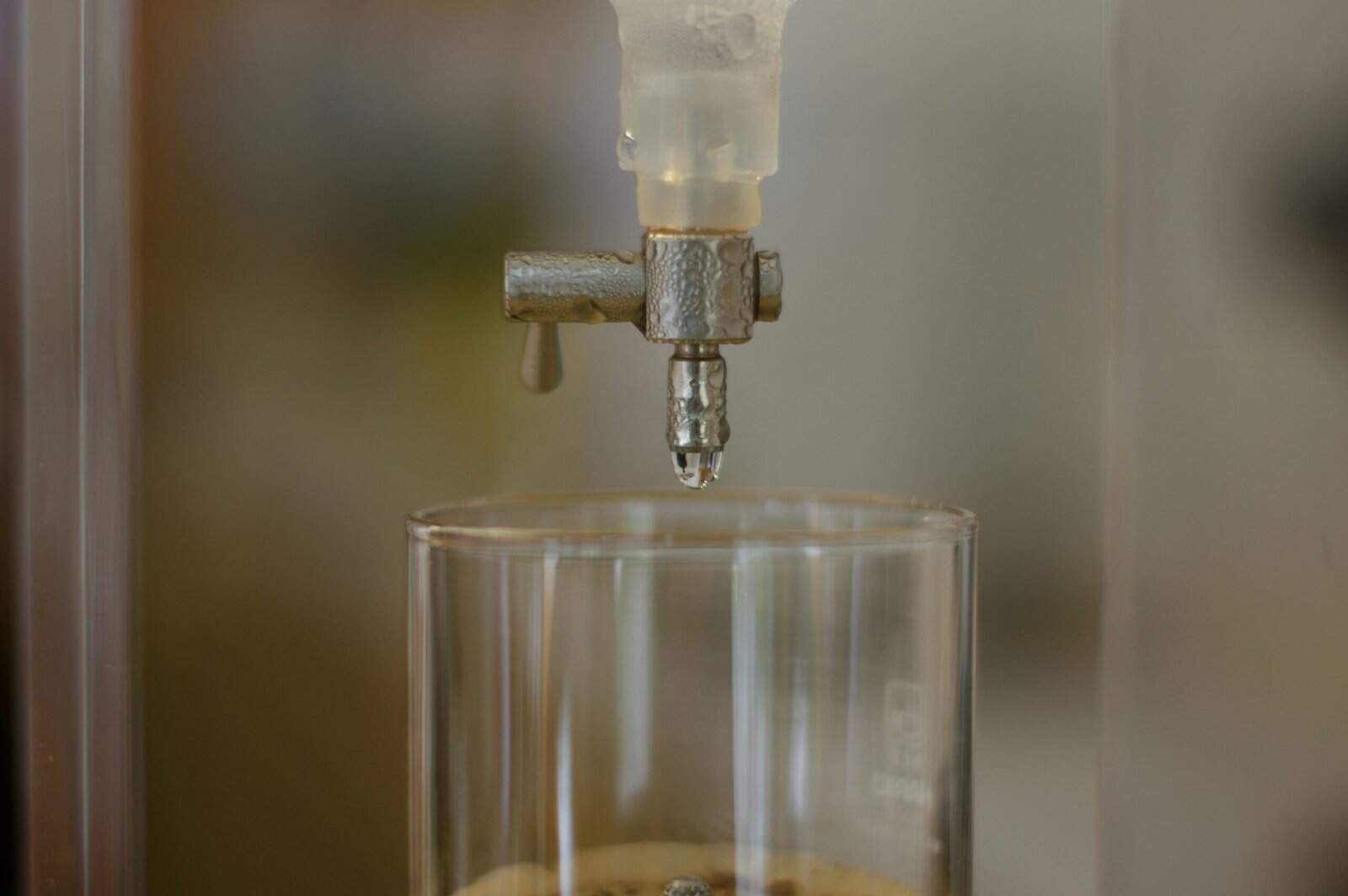
Comparative Table: Filter Types at a Glance
| Filter Type | Main Contaminants Removed | Microbial Control | Typical Maintenance | Typical Cost Range |
|---|---|---|---|---|
| Sediment Filter | Sand, silt, particulates | No | Replace cartridges periodically | Low |
| Activated Carbon | VOCs, chlorine, taste/odor, some pesticides | Limited (not reliable) | Replace cartridges when exhausted | Low–Medium |
| Reverse Osmosis | Dissolved salts, nitrates, fluoride, many metals, some organics | Limited (needs pre/post treatment) | Membrane replacement, storage tank | Medium–High |
| UV Disinfection | None (does not remove chemicals) | Yes (bacterial, viral) | Lamp replacement annually, quartz sleeve cleaning | Medium |
| Ion Exchange (softener) | Hardness, some metals, specialized resins for nitrate | No | Salt or resin regeneration | Medium |
| KDF Media | Chlorine, some metals, hydrogen sulfide | Reduces bacterial growth in media | Periodic replacement with carbon | Low–Medium |
| Chlorination | Broad microbial control | Yes | Monitor dosing, periodic recharge | Low–Medium |
| Distillation | Wide range (volatile compounds may carry over) | Yes (if properly done) | Regular cleaning, slow throughput | Medium–High |
Matching Systems to Specific Contaminants
You should select systems according to the contaminants present. The following guidance helps you align treatment technologies to common well water problems.
Bacteria and Viruses
If your tests show total coliforms or E. coli, you should address microbiological contamination urgently. UV disinfection, chlorination, or well disinfection plus ongoing UV and physical barriers (like sediment and carbon pretreatment) are recommended.
Nitrates and Nitrites
Nitrates typically come from agricultural runoff or septic systems and are dangerous, especially for infants. Reverse osmosis, ion exchange with nitrate-specific resins, or distillation are the most reliable removal methods.
Heavy Metals (Arsenic, Lead, Iron, Manganese)
Arsenic commonly requires specialized treatments such as RO, adsorption media rated for arsenic, or anion exchange. Iron and manganese removal often uses oxidation followed by filtration or specialized media. Lead is best addressed at point-of-use with certified filters or whole-house systems designed for lead removal.
Volatile Organic Compounds (VOCs) and Pesticides
Activated carbon and RO handle many VOCs and pesticides. For persistent or specific VOCs, you should consider carbon block filters with certification for the target contaminant or a combination with RO.
Hardness (Calcium, Magnesium)
Water softeners (ion exchange) are standard for treating hardness. If you prefer not to add sodium, salt-free conditioning systems or potassium-based softeners are alternatives, though these don’t remove hardness but reduce scaling.
Sulfides and Hydrogen Sulfide (Rotten Egg Smell)
You should use aeration, oxidizing filters, or catalytic carbon to remove sulfur compounds. KDF media and specialized oxidizing media also can be effective in many cases.
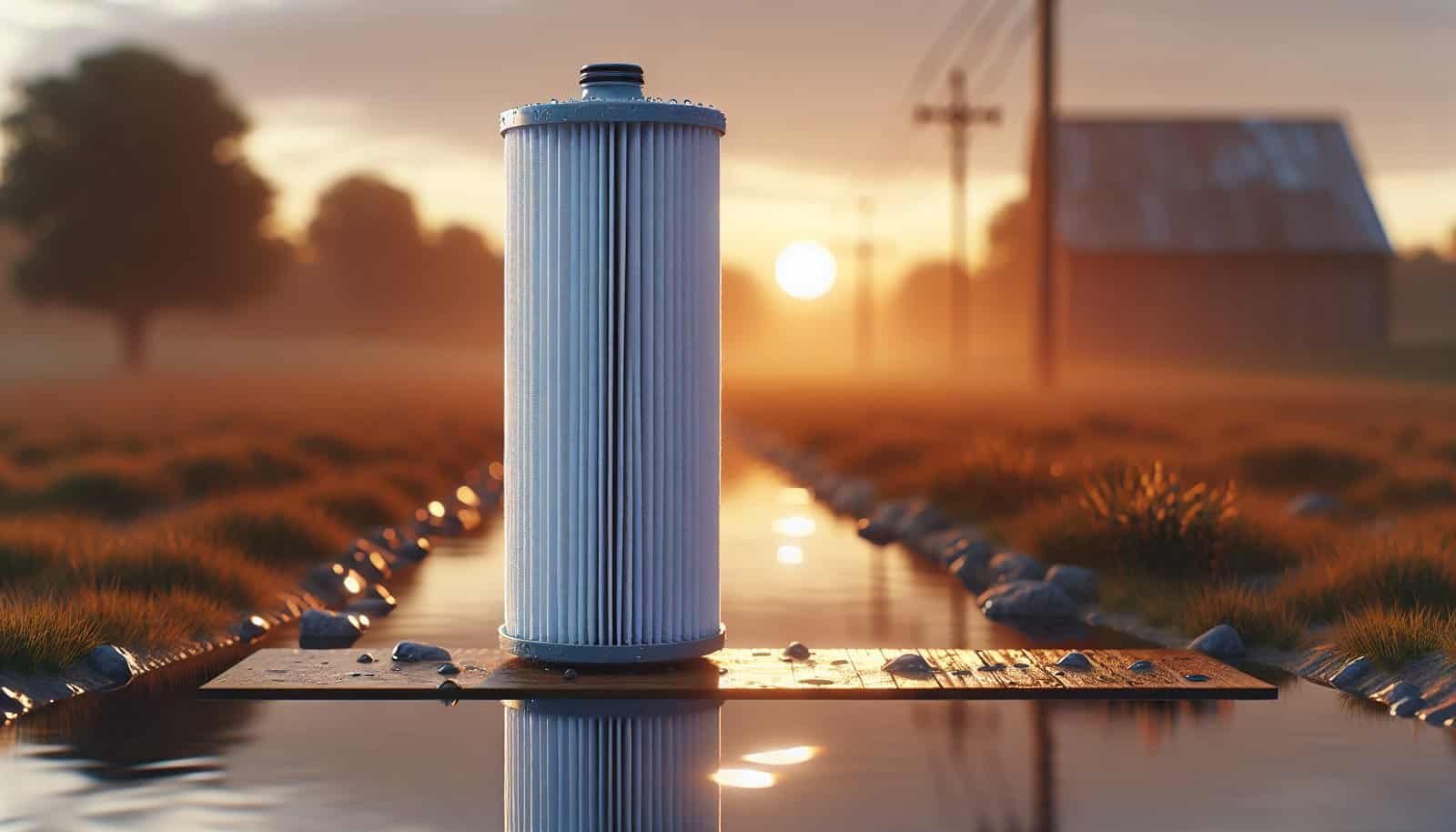
Certifications and Standards
You should always look for certification from reputable organizations like NSF/ANSI and third-party testing to verify performance claims. Certifications indicate a product has been independently tested against specific contaminant removal claims and materials safety.
Relevant NSF/ANSI Standards
NSF/ANSI 42 and 53 are common: 42 covers aesthetic effects like chlorine and taste, and 53 addresses health-related contaminants. NSF/ANSI 55 covers UV systems, 58 covers RO systems, and 61 focuses on materials safety. You should verify the standard relevant to the contaminants you need removed.
Maintenance, Monitoring, and Lifespan
Regular maintenance is essential for safety and performance. You should replace cartridges, lamps, membranes, and media per manufacturer guidance and also retest your well water periodically to ensure the system still meets your needs.
Typical Maintenance Tasks
You will need to change sediment and carbon filters, sanitize systems after bacterial events, replace UV lamps annually, and clean RO membranes or replace them every few years depending on usage. Neglecting maintenance can lead to decreased effectiveness and increased microbial growth in filters.
Monitoring Performance
Install pressure gauges, flow meters, or TDS (total dissolved solids) monitors where appropriate to see when performance deviates. You should also keep a maintenance log and test water after major maintenance or changes in well performance.
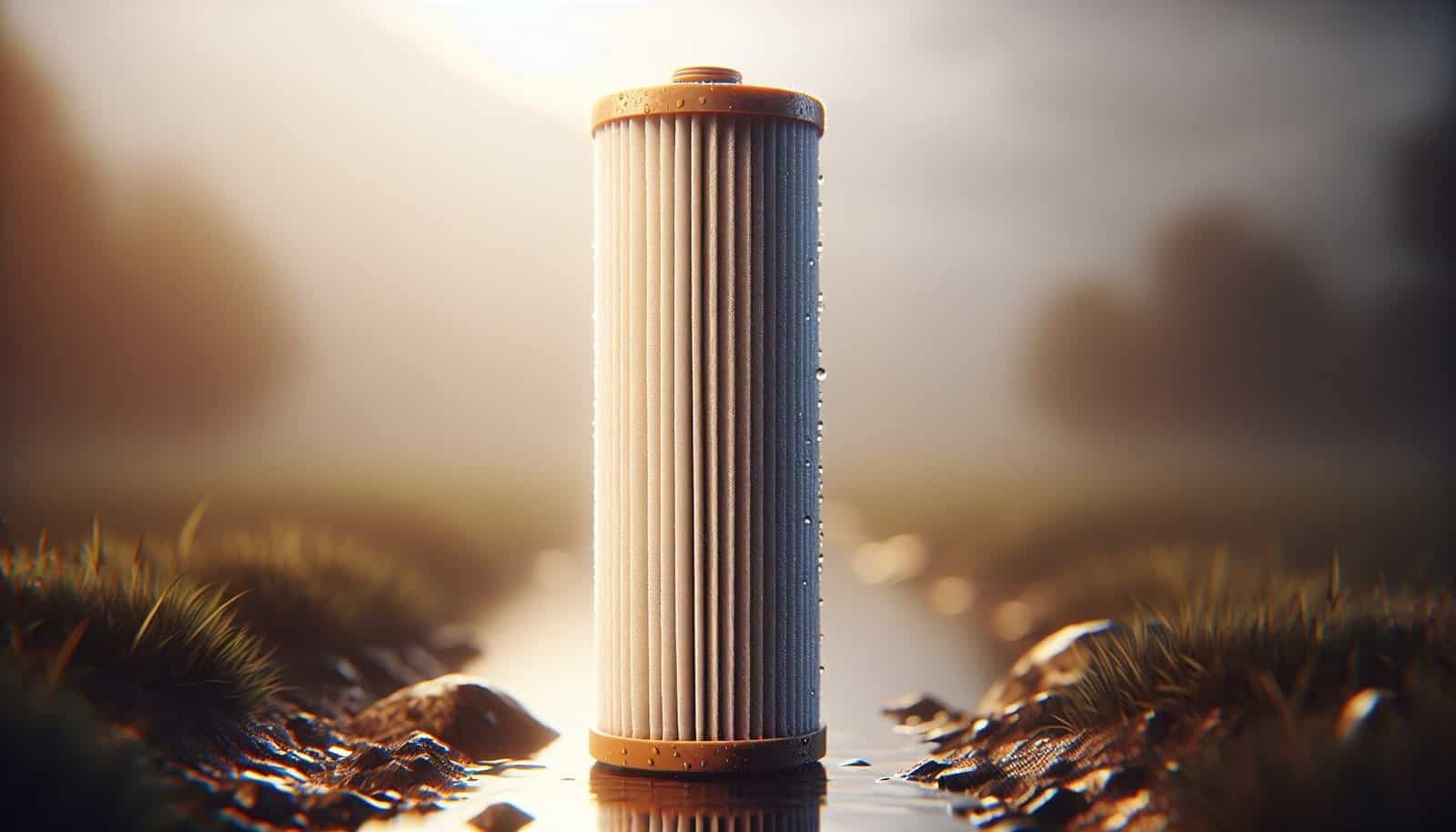
Installation Considerations
You should consider professional installation for whole-house systems or complex multi-stage arrangements. Improper installation can compromise system effectiveness, void warranties, or create cross-contamination risks.
Sizing and Flow Rates
Match equipment to your household demand and peak flow rates. You should ensure filters and UV systems are sized to the maximum expected flow so water receives adequate contact time for removal or disinfection.
Plumbing Codes and Backflow Protection
You should follow local plumbing codes, include backflow prevention where required, and ensure wastewater from RO and other systems is disposed of properly. Many jurisdictions have specific rules for well water treatment installations.
Cost Considerations
Upfront costs, operating expenses, and maintenance must all factor into what you consider the “safest” option for your budget. You should weigh long-term protection and replacement costs, not just the initial purchase price.
Typical Price Ranges
Sediment and carbon systems are relatively inexpensive to install but require regular cartridge changes. RO and UV systems cost more upfront and have ongoing costs for membranes and bulbs. Whole-house systems for complex issues (e.g., arsenic removal) can be higher than point-of-use solutions.
Environmental and Water Waste Considerations
Some systems, especially RO, generate wastewater and require energy for distillation. You should balance water efficiency with contaminant removal needs, and consider drain discharge options or reuse where appropriate.
Troubleshooting Common Issues
If you notice changes in taste, odor, or staining, you should inspect filters, test the water, and check for pressure drops. Regular checks on filter condition, seals, and plumbing connections can help you address problems before they impact safety.
Reduced Flow or Pressure Drops
Clogged sediment or carbon filters frequently cause pressure drops. You should inspect and change pre-filters promptly and check for proper sizing if pressure issues persist.
Recurrent Bacterial Issues
If bacterial contamination recurs after disinfection, you should examine well integrity, surface runoff, or cracked casings and consider continuous disinfection (e.g., UV + carbon pretreatment). You also should flush and disinfect the well and distribution system after remedying the contamination source.
Sample Scenarios and Recommended Systems
These scenarios illustrate typical choices you might make depending on test results. You should use these as starting points and confirm with lab data.
Scenario 1: Bacterial Contamination Only
If tests show occasional total coliforms or E. coli with otherwise low chemical contaminants, you should disinfect the well, then install UV disinfection with sediment pretreatment. Continue frequent microbial testing and address any well-source issues.
Scenario 2: High Nitrate Levels
For households with nitrates above recommended limits, you should consider reverse osmosis or ion exchange designed for nitrate removal at the point-of-use, plus a whole-house sediment filter to protect equipment. Be aware of waste ratios for RO systems and maintain membranes.
Scenario 3: Hard Water with Iron and Manganese
If iron and manganese create staining and hardness is high, you should implement oxidation (air injection or chemical) followed by filtration and a water softener or catalytic media. Whole-house treatment preserves appliances and plumbing.
Scenario 4: VOCs or Pesticides Present
For VOCs or pesticides, you should use activated carbon block filters or RO at the kitchen sink, and consider a whole-house carbon system if VOCs are widespread. Verify that carbon media are rated for your specific contaminants.
Scenario 5: Arsenic in Groundwater
Arsenic often requires specialized adsorption media, reverse osmosis, or anion exchange. You should consult a specialist for media selection and maintenance plans because arsenic removal has strict disposal and replacement rules.
Choosing a Qualified Professional
You should work with certified water treatment professionals and licensed plumbers for complex systems. Ask about past experience with well water, references, and proof of certifications relevant to the technologies they recommend.
Questions to Ask a Contractor
Ask for system performance data, certification documentation, maintenance schedules, and warranty terms. You should also request a clear cost estimate including installation, startup testing, and ongoing maintenance.
Records, Labels, and Consumer Protections
Keep records of certifications, test results, filter change dates, and warranties. You should retain lab reports and manufacturer documentation in case of future disputes or to show a new homeowner.
Key Safety Checklist Before Buying
| Action | Why It Matters |
|---|---|
| Test your well at a certified lab | Identifies the exact contaminants you must treat |
| Verify NSF/ANSI certifications | Confirms product performance claims |
| Consider multi-stage systems | Ensures layered protection for different contaminants |
| Confirm maintenance requirements | Prevents system failure and microbial growth |
| Hire qualified installers | Ensures correct sizing, plumbing, and warranty protection |
You should complete this checklist to select the safest and most effective filtration approach for your well.
Long-Term Care and Best Practices
You should establish a maintenance calendar, retest water annually or after any system change, and inspect wellhead integrity seasonally. Maintain records and follow manufacturer and professional guidance to avoid expensive failures and health risks.
When to Retest
Retest after well repair, flooding, unusual taste/odor/color, or if anyone in the household becomes ill with water-related symptoms. Regular monitoring helps you catch new contamination early.
Final Recommendations
You should prioritize testing first, then choose a certified system tailored to your contaminants. Multi-stage approaches that include sediment removal, targeted contaminant removal (carbon, RO, ion exchange), and disinfection (UV or chemical) provide the broadest and safest protection for many well systems.
Practical Next Steps
- Get a comprehensive water test from a certified lab.
- Review the lab report with a qualified water treatment professional.
- Select systems with relevant NSF/ANSI certifications and a clear maintenance plan.
- Install with a licensed plumber or certified technician and start a maintenance log.
You should follow these steps to ensure ongoing protection for your household.
Frequently Asked Questions
Can a single system handle all contamination types?
Most single systems cannot address all contaminants; you should use multi-stage treatment for broad protection. For example, combine sediment, carbon, RO, and UV for chemical and microbial coverage.
How often should I replace filters and membranes?
Replace schedules vary: sediment and carbon filters often change every 3–12 months, RO membranes every 2–5 years, and UV lamps annually. You should follow manufacturer guidance and monitor performance indicators like pressure drop and water quality.
Are water softeners safe for drinking water?
Softened water adds sodium (or potassium) and is generally safe for adults, but you should avoid using softened water for infants or people on sodium-restricted diets. You should consider a separate drinking water treatment at the point-of-use if necessary.
Is UV enough to make well water safe?
UV disinfects microbes but does not remove chemicals or particulates that can shield microorganisms. You should pair UV with sediment and, if necessary, carbon pretreatment for the safest outcome.
Conclusion
You should start with accurate testing and choose a system or combination of systems that matches the contaminants in your well. Proper installation, certification, and ongoing maintenance are just as important as the technology you select to ensure your well water remains safe for your household.
